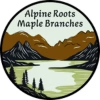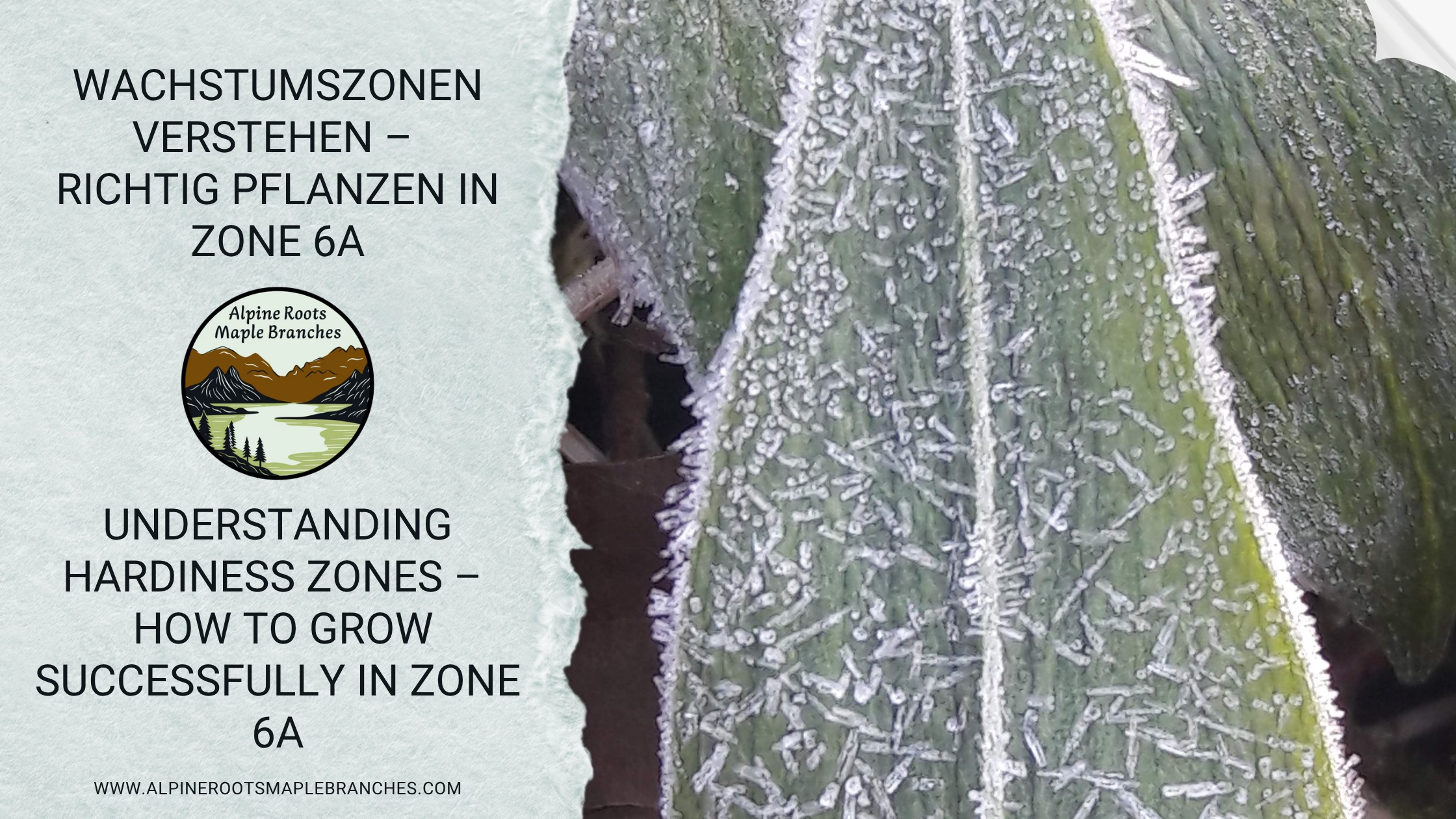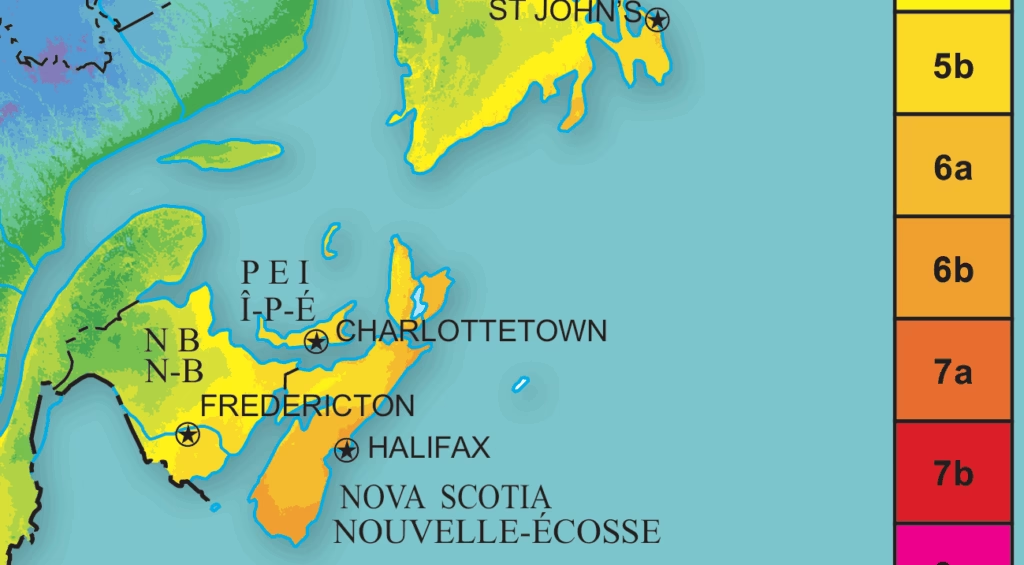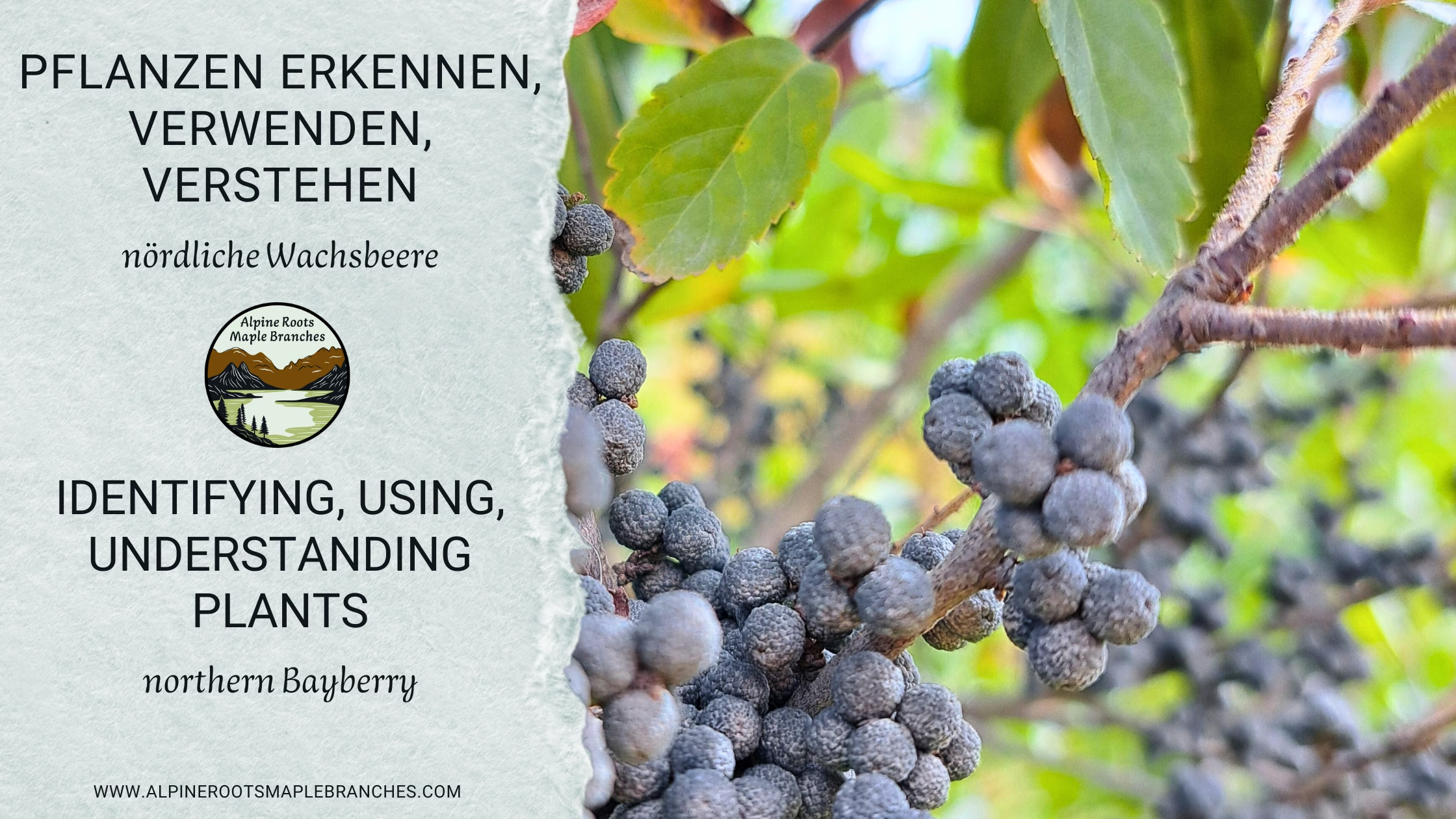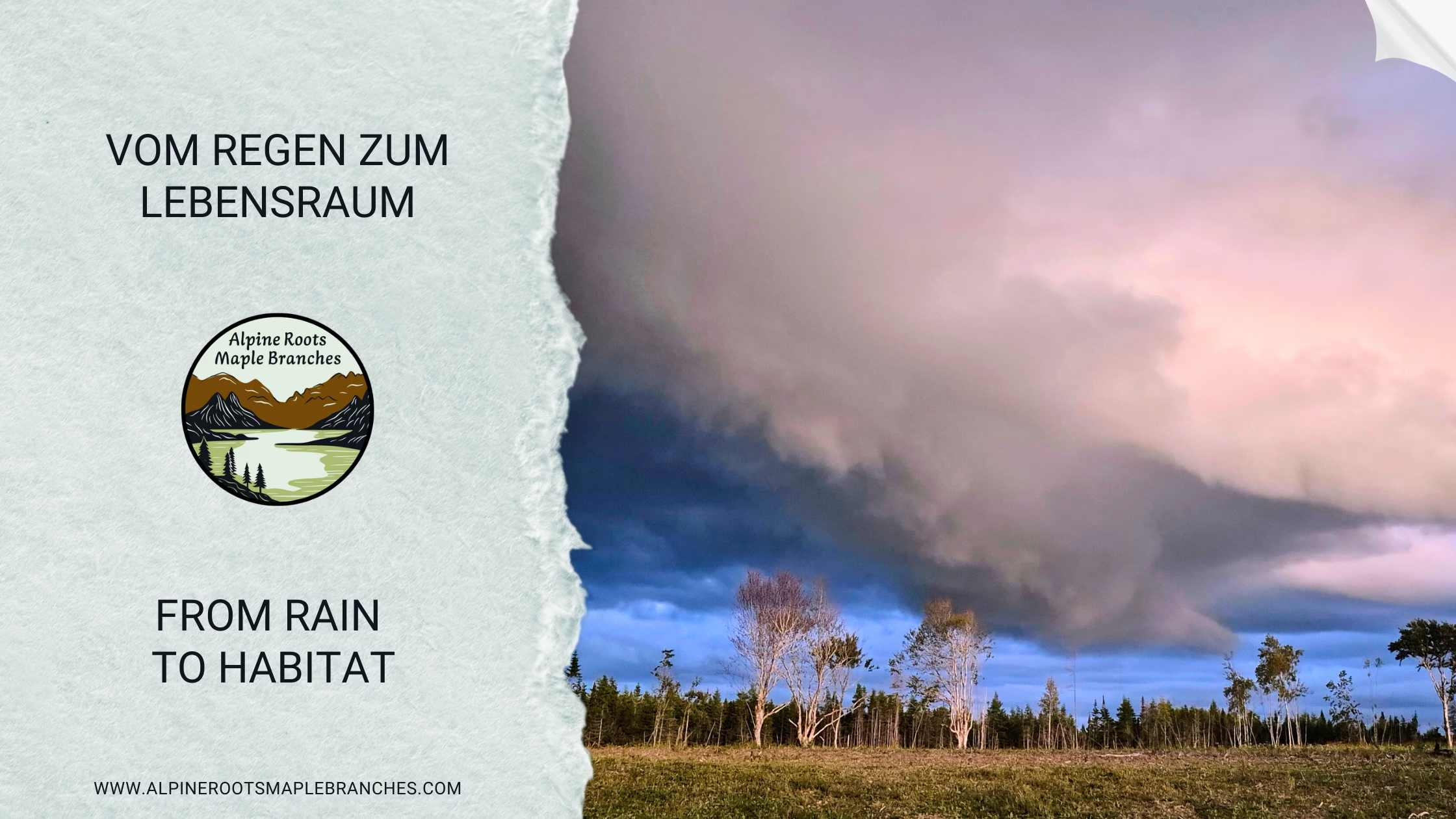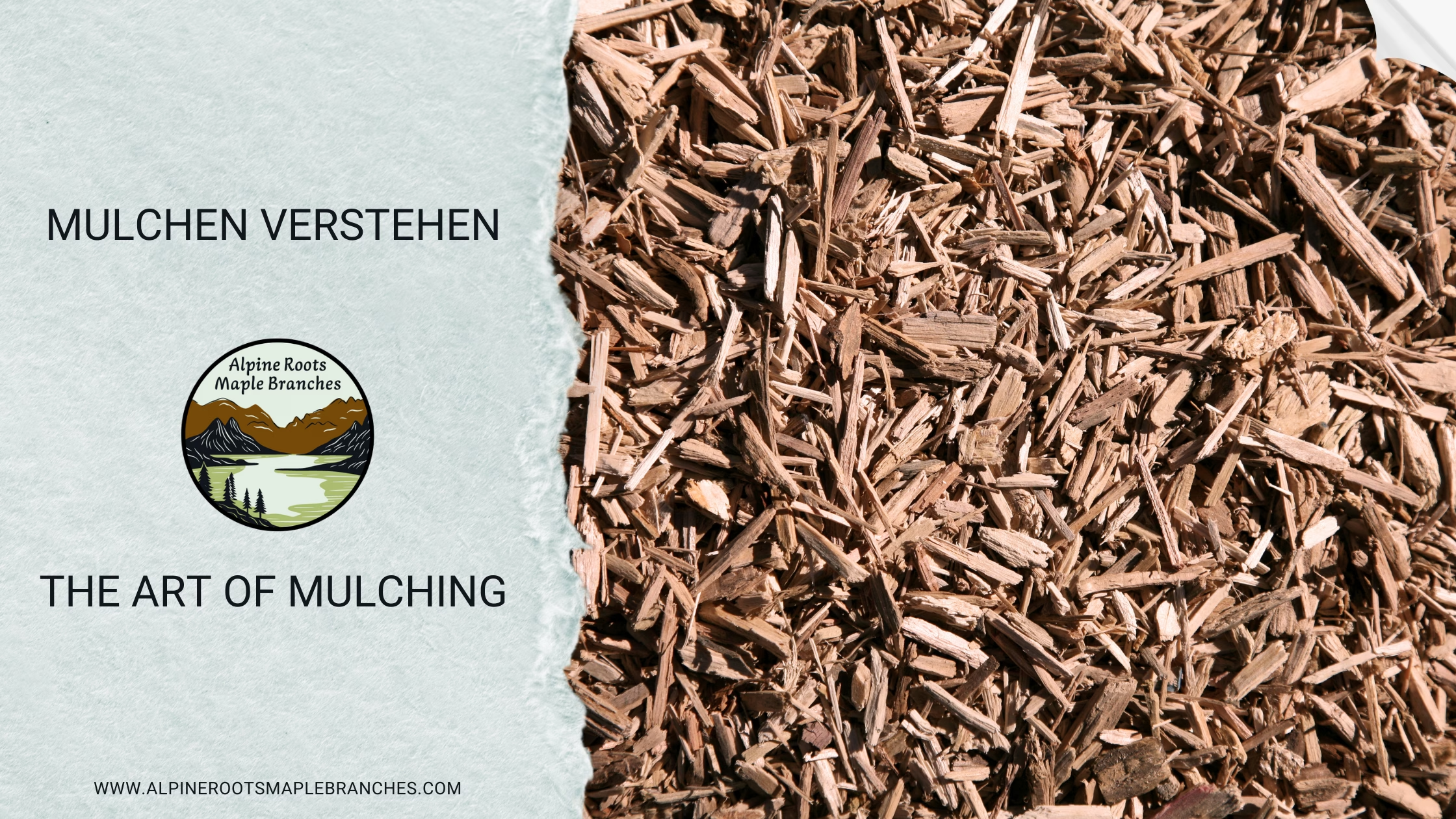When we create a garden, plan vegetable beds or plant perennials, we usually decide intuitively based on light, water and soil. But it often becomes apparent after the first winter: some plants return strong – others simply disappear. The reason is often not the way they were cared for, but a number that shapes the gardening calendar more than we think: the plant hardiness zone.
These zones determine which plants can survive permanently in a certain location – especially whether they can withstand a typical winter. Not only the region, but also elevation and microclimate play an important role. In this article, we look at how these zones originated, what zones exist globally – and above all: which zone applies to Cape Breton Island and what that means for our gardening year.
What Are Hardiness Zones – and Why Do They Matter?
Hardiness zones, often referred to as USDA zones, are a guide to match the winter hardiness of plants with the climatic conditions of a location. The basis is the average lowest temperature measured over a 30-year period. The principle: plants that can survive these minimum temperatures are considered winter-hardy – all others either need protection or should not be planted at all.
This information helps:
to select suitable species and varieties
to plan care routines and harvest times
to build a robust, long-lasting garden system
A Brief History: Who Defined These Zones?
The first known classification of climate zones based on plant hardiness was developed by Alfred Rehder at the Arnold Arboretum (Harvard) in 1927. He created an eight-level zone map for North America based on plant survival data. The idea was later expanded by Donald Wyman in 1938. Finally, in 1960, the U.S. Department of Agriculture (USDA) published a comprehensive national hardiness zone map – since then the most widely used model worldwide.
The map was revised in 1990, 2012 and most recently in 2023. Today, it incorporates precise climate data from more than 13,000 stations and modern GIS models (PRISM). The USDA zone system is now considered the global standard among gardeners, nurseries, seed companies and horticultural planners – and is also used or adapted in Europe, Canada, Asia and Australia.
How are the zones defined?
The USDA zones are based exclusively on the average annual minimum temperature, calculated over 30 years. Each zone spans about 5.6 °C (10 °F), starting with Zone 1 (under –45.6 °C) to Zone 13 (over +18.3 °C).
Each zone is further subdivided into a and b, with a difference of 2.8 °C (5 °F). That results in a total of 26 subzones from 1a to 13b worldwide.
| Zone | Min. Temp (°C) | Regional Examples | Climate Type |
|---|---|---|---|
| 1a | < –48.3 | Northeastern Greenland, interior Siberia | Polar / Permafrost |
| 1b | –48.3 to –45.6 | Northern Canadian islands, high Arctic elevations | Polar |
| 2a | –45.6 to –42.8 | Northern Alaska, Northwest Territories, northeastern Siberia | Subpolar / Tundra |
| 2b | –42.8 to –40.0 | Central Yukon, northern Norway | Subpolar |
| 3a | –40.0 to –37.2 | Southern Alaska, northern Manitoba, parts of Lapland | Boreal |
| 3b | –37.2 to –34.4 | Southern Norway, central Sweden, southern Alberta, southern Siberia | Boreal / Cold-temperate |
| 4a | –34.4 to –31.7 | Southern Canada, Baltics, southern Finland | Cool-temperate |
| 4b | –31.7 to –28.9 | Baltics, central Ukraine, interior Canada | Cool-temperate |
| 5a | –28.9 to –26.1 | Austrian Alps, Poland, New England, Mongolia | Temperate continental |
| 5b | –26.1 to –23.3 | Southern Germany, Czech Republic, northern Japan, northern China | Temperate |
| 6a | –23.3 to –20.6 | Southern Canada (e.g. Cape Breton), Switzerland, Slovenia, North Korea | Temperate to cool-maritime |
| 6b | –20.6 to –17.8 | Central France, northern Italy, South Korea, southern Canada (Toronto) | Temperate / Maritime |
| 7a | –17.8 to –15.0 | European Atlantic coast, southern England, southern Balkans, southern Caucasus | Mild winter / Maritime-temperate |
| 7b | –15.0 to –12.2 | Southwest France, northern Spain, Black Sea, northern New Zealand | Mild maritime |
| 8a | –12.2 to –9.4 | Southern Europe (Tuscany, Andalusia), southwestern US, South China, Australia | Mediterranean / Warm-temperate |
| 8b | –9.4 to –6.7 | Southern Portugal, California coast, southern Japan, southern New Zealand | Mediterranean / Subtropical |
| 9a | –6.7 to –3.9 | Southern Spain, central California, South China, southern US (Texas, Georgia) | Subtropical |
| 9b | –3.9 to –1.1 | Southern Italy, North Africa, central Florida, northern India | Subtropical / Dry |
| 10a | –1.1 to +1.7 | Southern Italy (coasts), southern Florida, Israel, Canary Islands | Subtropical / Humid |
| 10b | +1.7 to +4.4 | Southern Florida, southern Mexico, southern Mediterranean islands, South China | Subtropical / Humid |
| 11a | +4.4 to +7.2 | Caribbean, southern India, eastern Madagascar, coast of Brazil | Tropical / Seasonal |
| 11b | +7.2 to +10.0 | Tropical rainforest, lowland Colombia, West Africa | Tropical / Consistently warm |
| 12a | +10.0 to +12.8 | Equatorial regions (Amazon, Indonesia, Central Congo) | Tropical hot / humid |
| 12b | +12.8 to +15.6 | Sumatra, Papua New Guinea, equatorial South America | Tropical constantly warm |
| 13a | +15.6 to +18.3 | Equatorial highlands, southernmost islands (Galápagos, Seychelles, Andamans) | Equatorial hot & stable |
| 13b | > +18.3 | Lowland equator regions, tropical desert fringes | Tropical / Hot, arid or humid |
🧭 How to interpret the zones
Zones 1–4: Too cold for most garden crops – only suitable for extremely hardy species or greenhouse cultivation.
Zones 5–7: The classic central European gardening range – great diversity of vegetables, fruits and perennials.
Zones 8–10: Mediterranean and subtropical regions – citrus, figs, olives, rosemary grow without winter protection.
Zones 11–13: Frost-free zones – tropical gardening possible year-round. The concept of winter hardly applies.
🌿 Our Zone: Cape Breton Island
Cape Breton is located at approximately 46° north latitude and, according to the Canadian plant hardiness map, belongs to Zone 6a, with warmer coastal areas classified as Zone 6b. This means in concrete terms:
Minimum temperatures: –23.3 °C to –20.6 °C
Frost-free period: approximately 150–180 days (May to October)
Precipitation: high year-round, with spring and winter often wet
Growing season: relatively short, but expandable through microclimates
Cape Breton is therefore a location with challenges – but also potential. Typical plants for Zone 6a include:
Fruit: apple, pear, plum, aronia, elderberry
Berries: red currant, raspberry, blueberry
Root vegetables: carrot, beetroot, parsnip, Jerusalem artichoke
Cabbage family: broccoli, kale, napa cabbage, Brussels sprouts
Herbs: mint, sage, chamomile, lemon balm
Heat-loving plants such as tomatoes, pumpkins, eggplants or figs are possible – with the right techniques: south-facing locations, black mulch film, cold frames or polytunnels significantly extend the growing season. Grapevines or figs grown against protected house walls are not uncommon either.
Tip: On Cape Breton, it’s especially worthwhile to make use of microclimates. South-facing walls, wind-sheltered hollows or rocky slopes can often be up to an entire zone warmer.
Proper winter protection is also essential: many herbs, perennials or young shrubs survive the cold season better with mulch, spruce branches or frost protection fleece. Windbreaks through hedges, embankments or woven fences are almost indispensable.
Conclusion: Cape Breton is challenging – but full of opportunity
Those who know their garden well can grow far more here than the official zone might initially suggest.
Cape Breton is no tropical paradise – but it’s far from a gardening desert. Those who adapt to the conditions, choose suitable varieties, and make use of the site’s natural features can create a fruitful and diverse garden in this zone. Zone 6a demands respect – but it also offers depth, rhythm, and a true connection to the changing of the seasons.
📚 Sources
🔬 Scientific Basis & Climate Data
United States Department of Agriculture (USDA)
→ USDA Plant Hardiness Zone Map (2023)
https://planthardiness.ars.usda.govAgriculture and Agri-Food Canada
→ Canadian Plant Hardiness Zones
https://www.planthardiness.gc.caNatural Resources Canada – CANSIS
→ Plant Hardiness Zones in Canada (PDF Poster)
https://sis.agr.gc.ca/cansis/nsdb/climate/hardiness/plant_poster.pdfUSDA PRISM Climate Group
→ Methodik zur Zoneneinteilung & GIS-Daten
https://prism.oregonstate.edu
🗺 Historical Background & System Development
Wikipedia (EN): Plant Hardiness Zone
https://en.wikipedia.org/wiki/Hardiness_zoneWikipedia (DE): USDA-Klimazonen
https://de.wikipedia.org/wiki/USDA-KlimazonenT. Packer (Medium.com):
An Illustrated History of America’s Plant Hardiness Zones
https://tpacker25.medium.com/an-illustrated-history-of-americas-plant-hardiness-zones-with-a-closing-look-at-one-north-carolina-county-694dd2185803Illinois Extension: Climate Change and USDA Zones
https://extension.illinois.edu/blogs/garden-scoop/2018-12-27-climate-change-and-usda-plant-hardiness-zones-part-one- LSU Ag Center:
How USDA Zone Maps Are Created
https://www.lsuagcenter.com/articles/page1700577699742
🌍 Regional Examples & Practical Applications
Plantmaps.com:
Interactive Hardiness Zone Map (Nova Scotia)
https://www.plantmaps.com/interactive-nova-scotia-plant-zone-hardiness-map.phpHalifax Seed (NS):
Gartenbau-Infos zur Zone 6a/b in Nova Scotia
https://www.halifaxseed.ca/tips/hardiness-zonesGardening in Canada:
Hardiness Zones and Plant Selection in Canadian Gardens
https://gardeningincanada.net/garden-hardiness-zones-in-canadaBHG.com (Better Homes & Gardens):
Understanding the New USDA Zone Map (2023)
https://www.bhg.com/new-hardiness-zone-map-8404968- Plantagreenhouses.com:
What Zone is Nova Scotia In?
https://plantagreenhouses.com/blogs/planting-zones/nova-scotia
